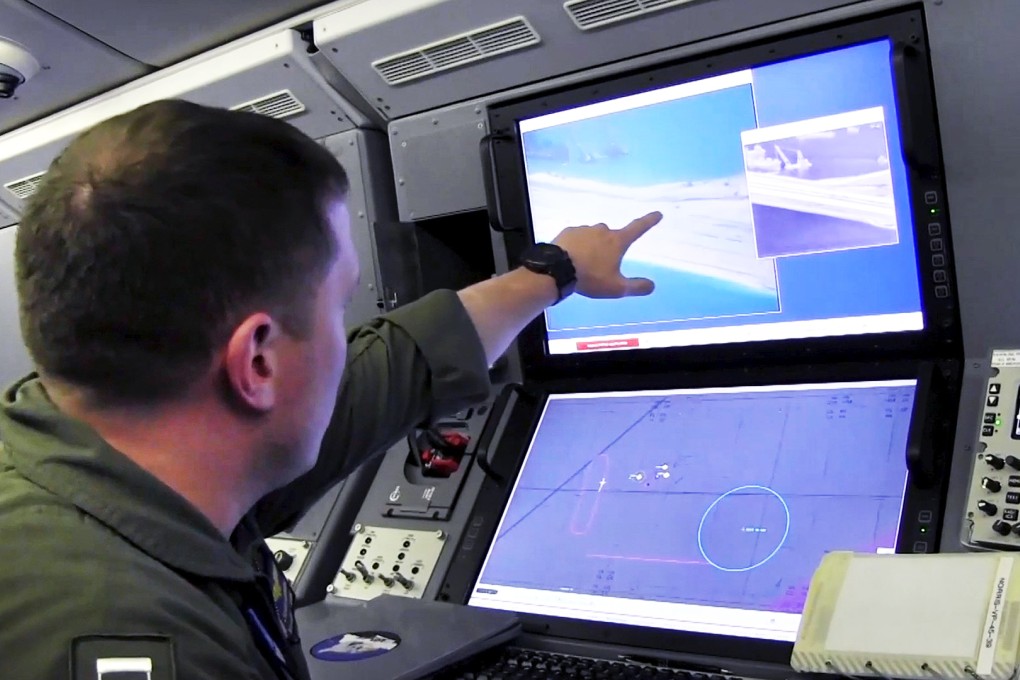US to press on with surveillance flights amid tensions in the South China Sea
US wants to exercise right to fly through international air space, says Pentagon, after China warned US aircraft away from artificial islands at centre of row with neighbouring countries

US surveillance aircraft and naval ships have yet to test China’s territorial claims around artificial islands built in the South China Sea, but the Pentagon warned that could be “the next step”.
The United States does not recognise China’s claims of sovereignty around the manmade structures, but American P-8 surveillance planes and naval vessels patrolling the area have not ventured within 12 nautical miles of the artificial islands, the standard territorial zone around natural land, said Pentagon spokesman Colonel Steven Warren.
Watch: 'Go away!' US Navy spy plane in tense radio exchange with Chinese navy over South China Sea
“That would be the next step,” he told reporters.
Asked if the military would move to within that sensitive zone, he said: “We don’t have any announcement to make on next steps. We are going to continue our routine flights.”